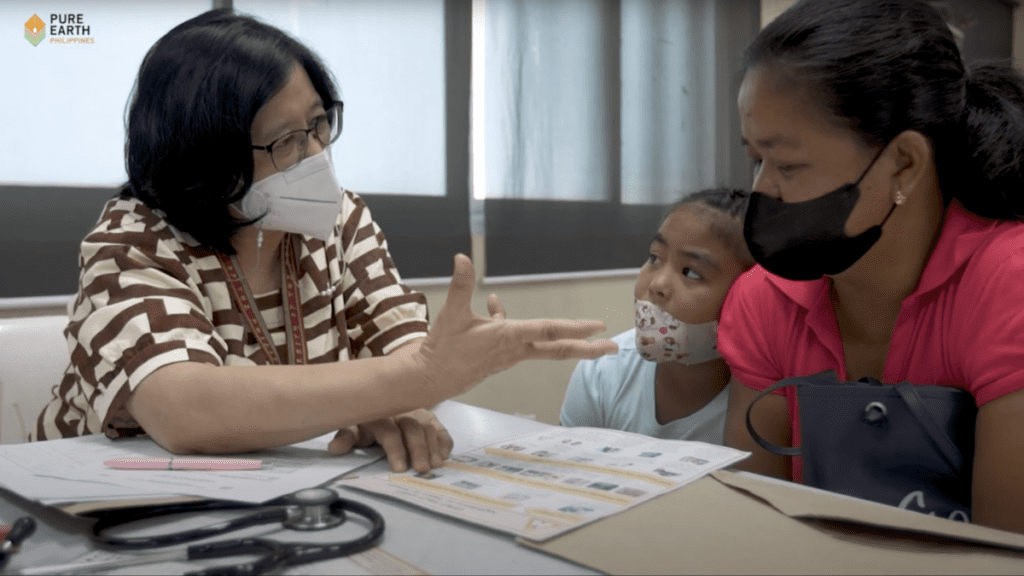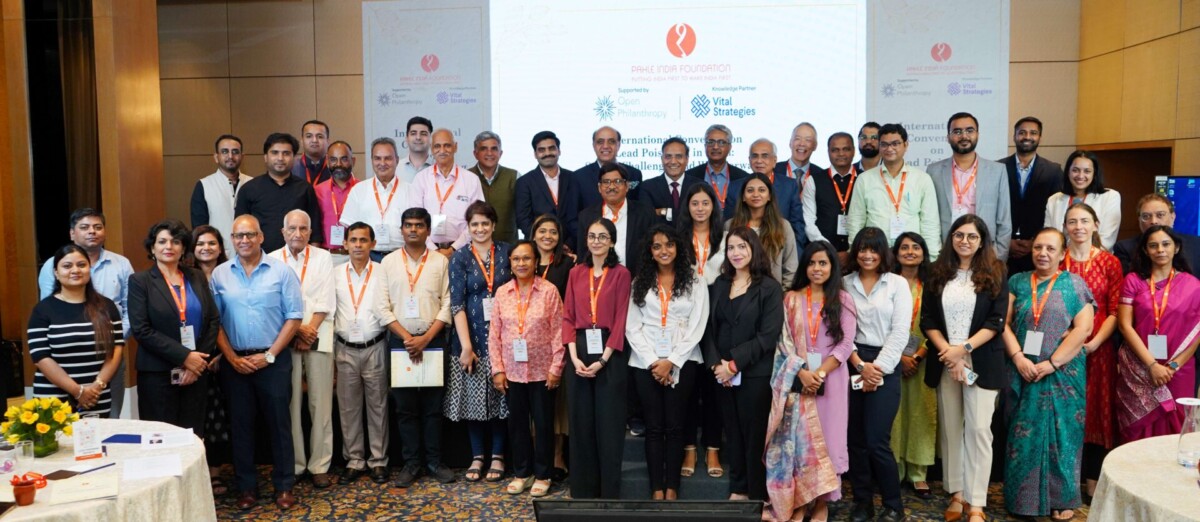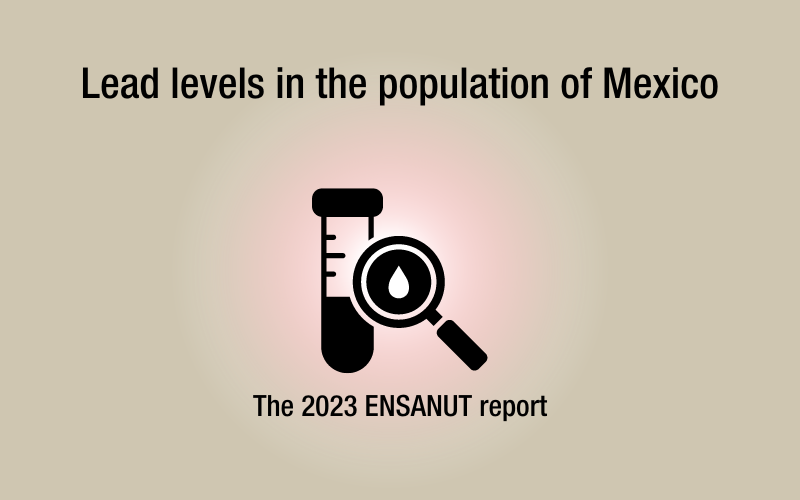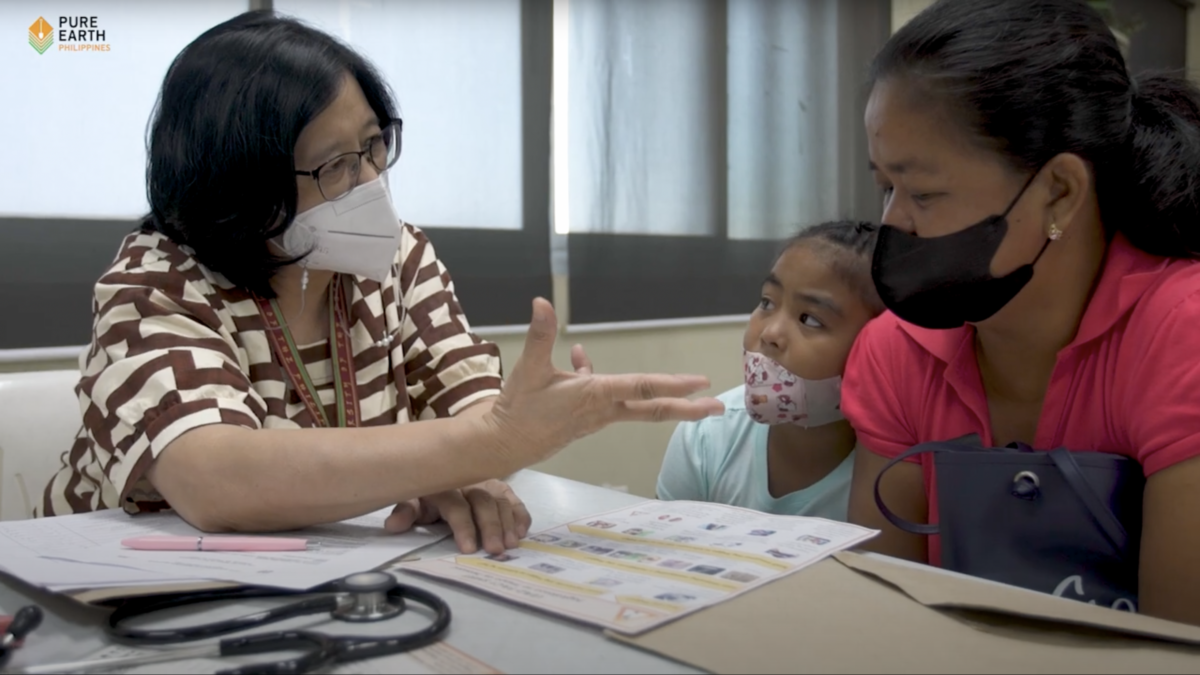Pure Earth was invited to present on our work addressing lead exposure at the 77th World Health Assembly in Geneva this week. The World Health Assembly (WHA) brings together delegates from all 194 member states of the World Health Organization (WHO) to agree on the WHO’s health goals and strategies to guide its public health work.
At a side event hosted by UNICEF and USAID, Pure Earth Philippines Country Director Larah Ibañez and Pure Earth board member Howard Hu called for better health surveillance and data collection to monitor lead exposure. You can watch a recording of the side event here.
Below is a transcript of Larah’s Ibañez’s presentation at the event. This transcript has been edited for clarity.
——-
What is the role of civil society organizations (CSOs) in driving action to solve lead exposure?
Where there’s a need, there’s a CSO ready to help. And that’s what has led Pure Earth to do 25 years of work to solve pollution in low- and middle-income countries and to focus increasingly on lead in recent years.

For us, it is best to position the organization’s efforts towards collaboration, because no one actor can solve any multi-faceted environmental health issue.
On that note, here are 5 roles that civil society organizations can play to drive action to address lead exposure.
1. Dependable Data Collectors
Typically, there’s a lack of data in low- and middle-income countries on lead exposures. This is crucial because we cannot act on what we don’t know.
In the case of Pure Earth Philippines, we approached the government to include blood lead level (BLL) screening in the 2021 national nutrition survey. This survey, which tested 3000 children and pregnant women across the Philippines, though limited in scope, yielded the country’s first baseline BLL data for children ages 6 to 9. We also followed through with a rapid market survey and home based assessments in order to identify the potential sources of lead exposure.
I cannot overemphasize the need for baseline data not just in understanding the problem but also in deciding on the solution options and later, measuring the impact of interventions.
2. Pilot Demonstrators of an Intervention
In toxic sites where Pure Earth Philippines has worked, children’s blood lead levels would be as high as 50 ug/dL. But the 2021 nationwide survey data showed an average BLL of 1.96 ug/dL, which is quite low compared to existing action levels and other LMICs facing the same issue. That being said, it’s high compared to say, the US, where the average for the same age group is .5 ug/dL.
And indeed, there is no safe level of lead.
Estimates show that we have 1 million Filipino children at risk of elevated blood lead levels. That’s one million futures- That’s how we should look at these numbers.
As for lead exposure sources, results showed that our metal cookware and ceramic foodware have consistently high lead levels. We need a more comprehensive source assessment, but it seems likely that lead exposure is happening right in the homes of these lead poisoned children.
So what do we do? First, Pure Earth Philippines has piloted the whole multi-phased approach to address lead poisoning (blood lead level survey, feedbacking, health assessments, rapid market survey and home-based assessments, lead-free cookware) because otherwise, these steps would be seen as too impossible to accomplish.
Now we’re trying to pilot city-level lead monitoring and drive institutionalization of such systems. In addition, if we can, we will look into cookware leachability in order to develop standards and address this exposure source.
In countries such as ours, it is very important that an organization takes the lead in showing what can be done, how and why. It depends on the situation and source, but Pure Earth has a lot of stories from other countries on spices and ceramics as well as cleaning up contaminated sites.
3. Champion Communicators
As much as possible, CSOs must publish the data to be considered in further studies, policy making and programming. We must always make it a point that those who need to know, know, so that they can act.
We have the families themselves, the schools/academia, government on all branches and levels, industries, and the international development organizations to communicate with. Each group requires a different set of appropriate information and relevant calls to action.
CSOs can’t simply disseminate information without a ready response. We must be responsible enough to say “yes, you’re being poisoned but we have solutions and are here to help.” We don’t want to create panic, we want to inspire hope in dealing with this problem.
4. Cost-Effective Capacity Builders
Building capacity is typically done through training and provision of equipment, development of protocols, and so on. In the case of lead monitoring and surveillance, which is crucial for early detection and early intervention, we advocate for the increased capacity of the primary health care units. They are the frontlines. If these units can do the awareness raising on what lead is, its impacts, sources and mitigation measures, that makes a huge difference.
Moreover, if they are trained and equipped to do BLL screening and home based assessments, they can serve as case detectors on the ground. Then, a referral system can be put into operation for detected cases to be addressed by specialists in our tertiary hospitals. The same goes with lead exposure source identification and intervention.
5. Collaborative Integrators
Last but not least, if we want these efforts to be sustained, we have to work towards:
- Incorporating the lead poisoning issue into existing policies and programs – i.e. BLL screening in Universal Healthcare packages, lead awareness in school curricula, lead-free labeling of consumer goods of concern, etc.
- Institutionalizing a national health surveillance system – regular data gathering ensures we’re on top of the issue and can respond proactively, rather than blindly for hotspots and non-hotpots. Preventive action, rather than reactive, is still the best approach. It makes absolute sense to prioritize lead poisoning hotspots, but if non-hotspots remain unaddressed, they will be in the same predicament and it will be harder to solve.
That’s why in the Philippines, we have included specific lead action points in the National Environmental Health Action Plan through the Inter-Agency Committee on Environmental Health. If this comes to fruition, the Philippines will be well-positioned to address lead exposures and prevent it from worsening.
I believe that all of us are here today not incidentally, but intentionally, because of the values we believe in and the values we live by. I’d brave saying – You have such positions of power and most importantly, purpose. I sincerely hope all of you will use your roles as health leaders to drive action towards lead-free futures.
—-
Learn more about Pure Earth Philippines’ work to address lead exposure.





